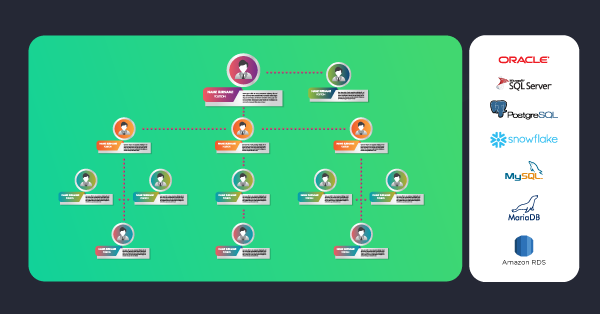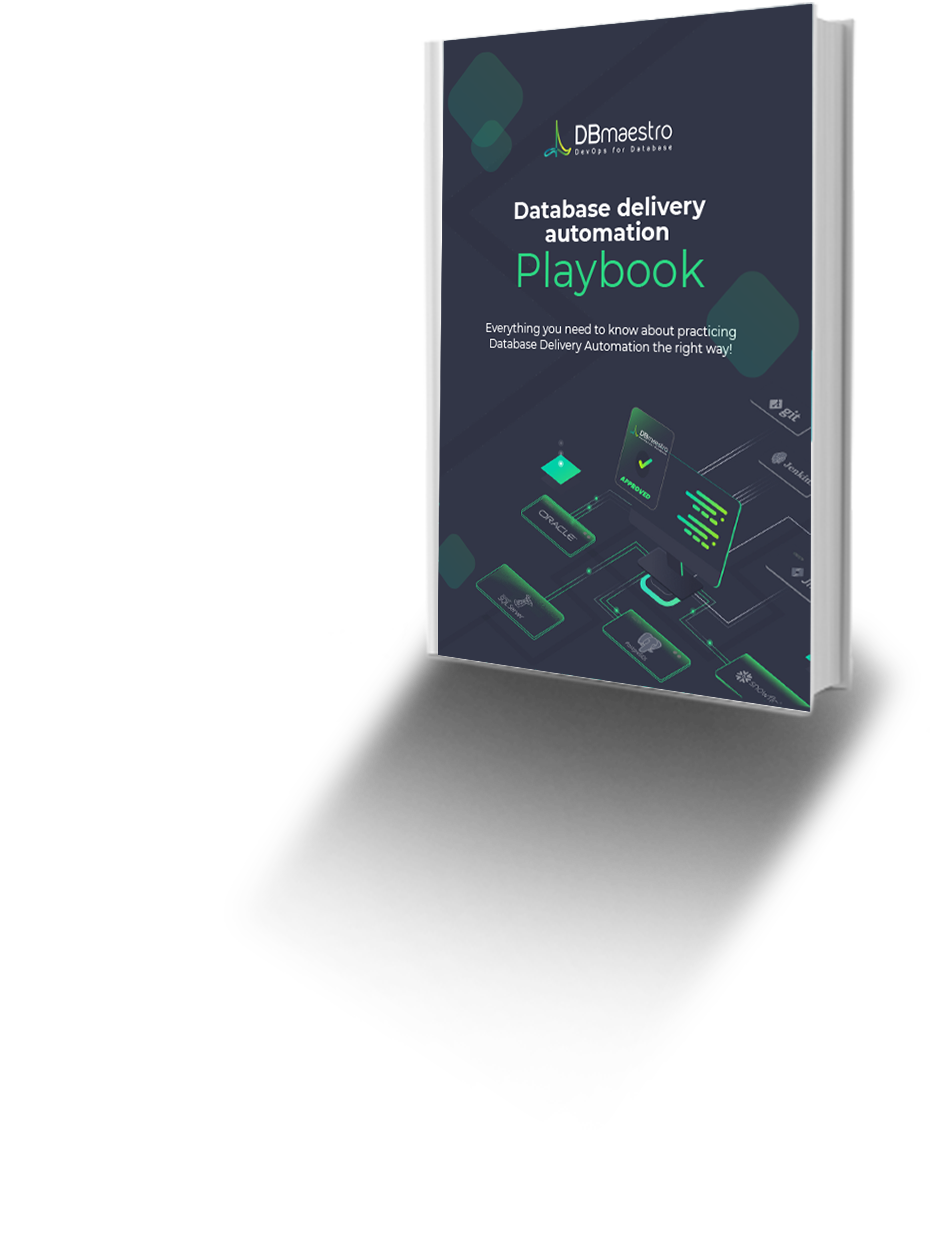Why is Database excluded from DevOps Processes?
Most of the time, database development and administration are considered separate entities and managed as such. This leads to a disconnect between the Dev and DBA teams, yet we have to find out why databases are left out of the DevOps process. There can be multiple reasons, from lack of knowledge and tools, compliance requirements to database complexity.
As you know, most modern applications rely on more than one database to facilitate their functionality. This leads to increased complexity with different vendors and different technologies spread across multiple deployments and handling multiple data types. Therefore, moving all these database infrastructures without causing interruptions can be a complex and time-consuming task.
When considering compliance requirements, your application and data need to comply with various requirements, which change with different jurisdictions, regions, etc. Besides, when integrating the database, you have to think of data residency, security, access control, and target to securely store data in appropriate locations while complying with any requirements.
Organizations and teams must understand the need and benefits of including the database in DevOps before practically doing it. Most of the time, people lack the knowledge or awareness of database DevOps. Even if they have the required knowledge, it becomes nearly impossible to properly implement a database into a DevOps process without proper tools. All these reasons contribute to databases being left out of DevOps.
What Happens when Databases are left out of DevOps?
Excluding databases from the DevOps process creates a disconnect between the application and databases as well as the dev, ops, and DBA teams.
This disconnect can lead to longer feedback loops when developers request database modifications and go ahead with the application development. However, if there is an issue with the requested modification, it will not be detected until a DBA checks the request, and there is a high chance that the issue may even end up in production, causing an impact on the end-users. In such a situation, multiple developers requesting changes in different stages of the SDLC can lead to bottlenecks in the workflow and further delay the feedback.
These delays in feedback and unorganized change requests create a high chance of errors in production. Moreover, with many database change requests, there will be instances where changes overlap, causing errors in the application functionality. The impact of this will be even higher when dealing with hotfixes or rarely used features. There, deployments can override existing hotfixes causing application downtime without proper management of changes. Additionally, this can lead to unoptimized databases, which in turn negatively impact the application and user experience.
Another major factor is the configuration drift in databases. The different databases spread across different teams will have different configurations without proper segmenting or version-controlling. However, developers will only target the dev database, which can have vastly different configurations from the QA or production databases. Hence, the development targeted for a different configuration will lead to compatibility and functional issues.
While there is some risk involved in each step of a DevOps pipeline, negating or minimizing that risk is the organization’s responsibility as a whole. All the factors mentioned above contribute to difficulties in managing risks with databases. Moreover, they will create different concerns, such as how to identify errors easily, how to handle database issues and rollbacks, and how to handle hotfixes. Even a task like deploying a database modification carries significant risk as it directly affects the production environment. Not having a proper database pipeline to identify issues, manage changes, facilitate easy migrations or rollbacks increases this risk even further. Therefore, all the factors of the application, including the database, must be included in the DevOps process to manage the risks of the application as a whole.
Database DevOps in Your Organization
Now you have a basic understanding of why databases are excluded from the DevOps process and the pitfalls associated with it. Yet, how can you mitigate all these issues? The answer is integrating Database as a part of the DevOps process and implementing Database DevOps. This will streamline the database development and management while organically increasing the collaboration between dev and DBA teams.
Furthermore, the overall visibility of the application development process is automatically increased with a Database DevOps approach. All teams can see what each team is working on and what tasks each team member tackles. We can assign both dev and DBA for tasks that require more database changes. This organically increases the collaboration and approachability between them as devs can consult with the DBA for database changes and create the optimal schema from the get-go. Besides, it will help developers understand how the database works while helping DBA understand the application functionality.
The implementation of version control in application and database code will help in risk and change management. It will provide you with a single source of truth as well as a source reference for developers and DBAs. Moreover, it helps teams to easily identify changes in the application and databases with segmented version-controlled changes. This is also essential when identifying issues, as it makes it easier to drill down issues to specific versions. Besides, it will aid in deployments to mitigate config drifts and always keep the application and database in sync.
A well-configured pipeline will help the DevOps team test and validate database changes properly in the same way that application code is tested and deployed. Database changes are kept as first-class artifacts and tested and deployed in production alongside the application. This enforces testing and verification on all database changes and helps to mitigate risks in production. This streamlined testing also makes the feedback loops shorter so that dev and DBA can address any issues quickly and simultaneously.
Another way to improve collaboration is to provide each developer, QA, and DBA with a separate isolated database instance (private working copy) where they can play around other than using a single development database. It allows devs to test application-related database changes effectively, QAs to test database issues, and DBAs to explore modeling and performance tuning, etc. Then these changes can be integrated into the primary development database via the CI pipeline. Incremental changes make it easier to handle database modifications while reducing the overall complexity. They further eliminate any large or unexpected updates. Moreover, these smaller changes allow DBAs to effectively collaborate with developers in a timely manner to ensure that the changes fit within the overall database schema.
Conclusion
With all the benefits Database DevOps brings, it is paramount that you include databases in the DevOps process. It will lead to a more transparent and collaborative environment with your organization and bridge gaps between teams such as dev and DBA. Database DevOps platforms like DBmaestro can help you manage database release automation, source control, and compliance requirements while easily integrating with the existing tools and DevOps pipelines.






